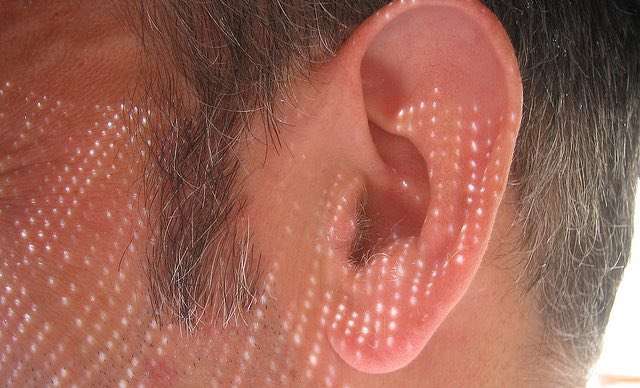Nestlé Discovered How to Slash Sugar Content in Chocolate by 40% Without Changing Taste
Starting in 2018, this candy company will have just as many tasty treats - but with only a fraction of the usual amount of sugar.

Hearing loss among U.S. adults aged 20 to 69 has declined over the last decade, even as the number of older Americans continues to grow.
These findings, published today in JAMA Otolaryngology-Head & Neck Surgery, also confirm that hearing loss is strongly associated with age and other demographic factors such as sex, race/ethnicity, and education. Noise exposure, which is potentially preventable, was also significant but less strongly associated after adjustment for other factors.
The researchers found that the overall annual prevalence of hearing loss dropped slightly, from 16 percent to 14 percent, or 28 million adults, in the 1999-2004 period versus 27.7 million in the 2011-2012 period. This decline in absolute numbers was observed despite an increase in the population generally, and in the relative number of adults aged 50 to 69 in the more recent time period. The new results are consistent with previous findings showing improvements in hearing over time, when researchers compared NHANES data from 1999 to 2004 with data from 1959 to 1962.
"Our findings show a promising trend of better hearing among adults that spans more than half a century," said Howard J. Hoffman, M.A., first author on the paper and director of the NIDCD's Epidemiology and Statistics Program. "The decline in hearing loss rates among adults under age 70 suggests that age-related hearing loss may be delayed until later in life. This is good news because for those who do develop hearing loss, they will have experienced more quality years of life with better hearing than earlier generations."
The researchers do not know the reason why hearing loss prevalence is declining but speculate possible factors could include fewer manufacturing jobs, increased use of hearing protectors, less smoking, and advances in health including better medical care to manage risk factors associated with hearing loss.
Researchers found that age was the strongest predictor of hearing loss, with the greatest amount of hearing loss in the oldest age group surveyed (aged 60 to 69). Across all ages, men were about twice as likely as women to have hearing loss. In addition, lower education level and heavy use of firearms were associated with hearing loss. Non-Hispanic white adults were more likely to have hearing loss than adults in other ethnic groups, with non-Hispanic black adults having the lowest risk.
The researchers also found that age- and sex-adjusted hearing loss declined over the years for the averaged high frequencies (3-6 kilohertz) in both ears, and for speech frequencies (0.5-4 kilohertz) in one ear. People aged 70 and above, although not studied in this report, have the highest prevalence of hearing loss of any age group, according to the authors.
(Source: National Institute on Deafness and Other Communication Disorders)
Click To Share The News With Your Friends – Photo by Simon James, CC
Be the first to comment